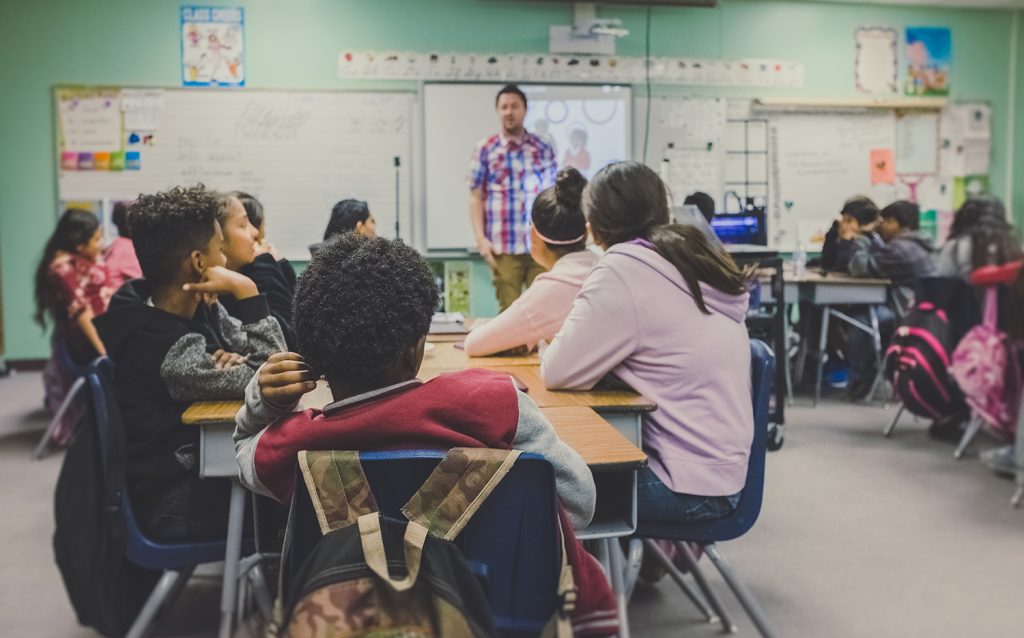WASHINGTON — Public school leaders nationwide estimated that, on average, 44 percent of their students did not begin the 2023-24 school year at grade level in at least one academic subject, an improvement over the 49 percent reported for the start of the prior school year, according to data released today by the National Center for Education Statistics (NCES), the statistical center within the U.S. Department of Education’s Institute of Education Sciences (IES).
“The information we are releasing provides valuable context for the challenges facing public schools as they continue the vital work of education recovery, including staffing and academic gaps for students,“ said NCES Commissioner Peggy G. Carr. “On one hand, 44 percent of students are behind in at least one subject, school leaders tell us. On the other hand, this does signal progress compared with the start of the prior year, when a larger share of students, 49 percent, were considered behind academically.”
The new data also shed light on teaching vacancies. Twenty-one percent of public schools reported having multiple teaching vacancies in October 2023, the data show, down from 26 percent a year earlier. Multiple teaching vacancies were more prevalent in schools with 1,000 or more students, those in high-poverty neighborhoods, and in schools serving primarily students of color.

For non-teaching staff, 29 percent of public schools reported multiple vacancies. Some of the non-teaching staff positions for which the highest percentages of vacancies were reported include tutors (11 percent), classroom aides (8 percent), and transportation staff (7 percent).
The new results from the School Pulse Panel (SPP) also shed light on the tutoring programs available in public schools. Most public schools – 82 percent – offer some type of tutoring support in 2023-24. In the prior academic year, about 83 percent of schools reported offering some type of tutoring support. Thirty-nine percent of public schools offer high-dosage tutoring (HDT) in 2023-24, and 52 percent offer standard tutoring.
Additional data collected from 99 public K-12 schools in the U.S. Outlying Areas (OA) – American Samoa, the Commonwealth of the Northern Mariana Islands, Guam, and the U.S. Virgin Islands – are also available. Results from this collection include the finding that an estimated 52 percent of OA public school students did not begin the 2023-24 school year at grade level in at least one academic subject, according to school principals.
The findings released today are part of an experimental data product from the School Pulse Panel, NCES’s innovative approach to delivering timely information regarding the COVID-19 pandemic’s impact on public K-12 schools in the U.S. The data, collected between October 10 and October 24 of this year, came from 1,421 participating public K-12 schools from every state and the District of Columbia.
Experimental data products are innovative statistical tools created using new data sources or methodologies. Experimental data may not meet all of NCES’s quality standards but are of sufficient benefit to data users in the absence of other relevant products to justify release. NCES clearly identifies experimental data products upon their release.
All data released today can be found on the School Pulse Panel dashboard at https://nces.ed.gov/surveys/spp/results.asp.




